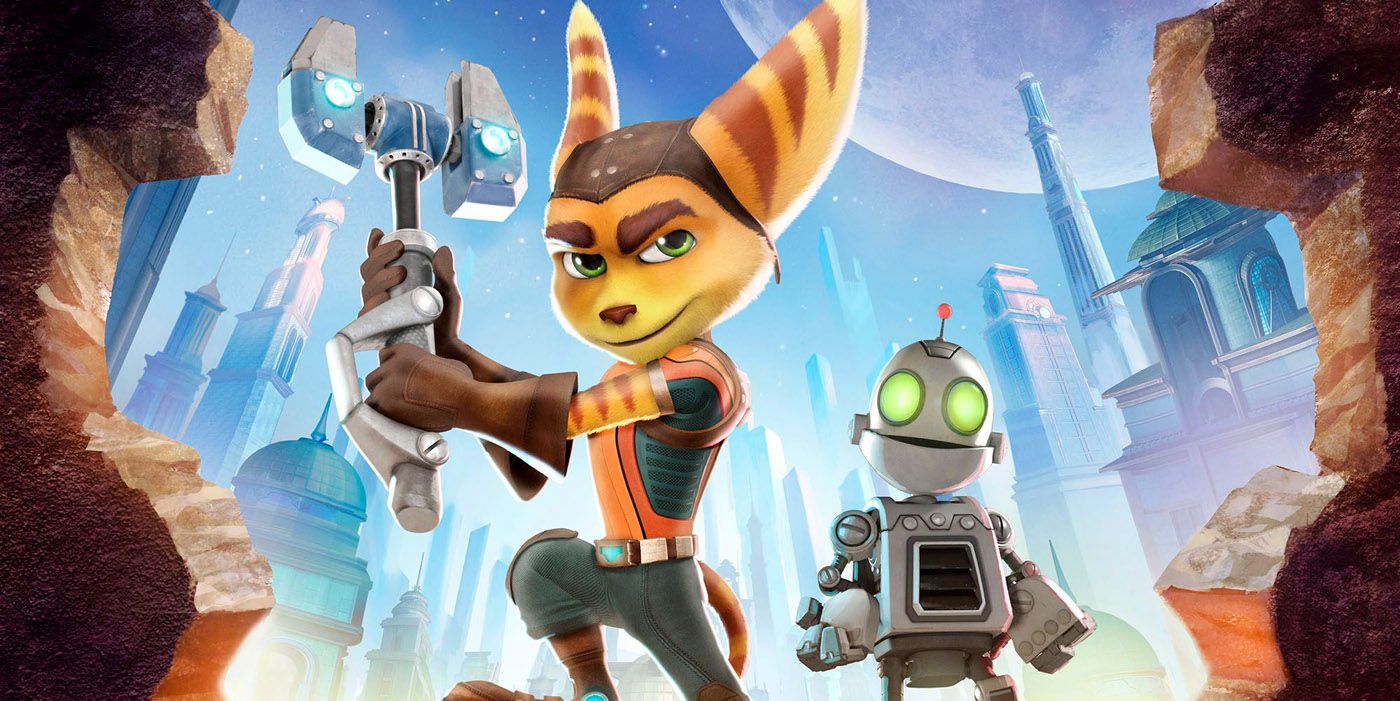Recently, the acclaimed director known for iconic films such as Fight Club and The Social Network, David Fincher, released a rather bizarre Xbox advertisement that caught many by surprise. This ad, reminiscent of the quirky marketing campaigns from Xbox and PlayStation during the 2000s, appears to challenge conventional advertising norms, creating a sense of confusion among audiences. Notably, this era also saw the late, legendary director David Lynch crafting an even stranger advertisement for the PlayStation 2 as part of a campaign titled “The Third Place“, raising eyebrows and curiosity about the creative directions taken in video game marketing.
David Lynch is celebrated for his avant-garde filmography, characterized by a dreamlike narrative style that defies typical storytelling conventions. His films, including Mulholland Drive and Eraserhead, have significantly impacted the cultural landscape. Although Lynch sadly passed away earlier this year, his distinctive cinematic legacy continues to resonate across various media, including the realm of video gaming. One standout piece is a 2000 advertisement for the PlayStation 2 directed by Lynch, titled “Welcome To The Third Place” . This piece is a quintessential example of his surreal artistic vision, making it one of the most unconventional commercials ever produced for a major gaming console.
Explore the Surreal Themes in David Lynch’s PlayStation 2 Advertisement Featuring a Random Duck & Hidden Messages
Unpacking the Layers: The Welcome To The Third Place Ad Embodies Lynch’s Unique Style
True to Lynch’s signature style, the “Welcome to the Third Place” PS2 advertisement is layered with esoteric and abstract meanings that invite viewers to interpret its surreal elements. Set in a striking black-and-white aesthetic, the ad explores the concept of a “Third Place,” which traditionally refers to social settings like bars or coffee shops. This concept was innovative at the time, as it began to hint at the possibilities of social interaction facilitated by the Internet and social media, which were not yet mainstream.
The video, however, is mistakenly titled as space instead of place, and if you pay close attention to the dialogue from the duck within the ad, it clearly states, “Welcome to the third place.“
In the early 2000s, the term “Third Place” signified a physical environment designed for social engagement, serving as a gathering spot outside of one’s “First Place” (home) or “Second Place” (work). Lynch’s advertisement reimagines this idea, presenting it as a space where “you define what you want to be in it and have around you,” as articulated by the marketing manager in a 2001 issue of the official PlayStation 2 magazine, now accessible on the Internet Archive.

Related
10 Best PS2 Platformers Of All Time, Ranked
The PlayStation 2 was home to many of the greatest platformers ever made, and the very best ones are definitely worth checking out today.
David Lynch was a deliberate choice for this advertisement, as he was seen as the “one person who was really going to produce something that no one had ever seen before.” True to form, Lynch delivered a uniquely original piece that encapsulated his signature surrealism, featuring elements such as a business duck, a floating head, a doppleganger, and a mummy. Each bizarre aspect reinforces the notion that the rules governing this space are entirely different from those of reality. While the interpretations of these surreal elements might vary, one thing is certain: they undoubtedly capture the viewer’s attention.
Understanding the Themes in David Fincher’s “Wake Up” Xbox Advertisement
The Appeal of Big Directors Creating Console Advertisements
A few weeks ago, David Fincher unveiled his “Wake Up” advertisement for Xbox, which follows a literal rat named Horatio navigating a metaphorical rat race of mundane life. In a transformative moment, Horatio becomes human after powering up his Xbox at the end of a long day, signifying the awakening of “the human inside.” This Xbox ad delivers a compelling message that echoes themes found in David Lynch’s earlier PS2 “Third Place” advertisement, though there’s no evidence of a direct connection between the two.
“I wouldn’t be surprised if these weird commercials start to make a comeback in the coming years.”
While these advertisements may seem random and disconnected, the rationale behind why high-profile directors create them is straightforward: financial gain. As Lynch himself stated, “The money’s good, and the added bonus is that I get to use and learn about the latest technology,” which is a significant incentive for many creatives. Given the current trends, it wouldn’t be surprising to see a resurgence of these unconventional commercials in the near future.

Related
PlayStation 5 Prices May Increase Soon, Says Sony CEO
The PlayStation 5 may receive a price hike as a result of the recently implemented US tariffs, according to Sony’s quarterly earnings report.
Engaging a renowned director for an advertisement is a powerful strategy to attract viewers, a tactic that has proven effective for decades. In the realm of console marketing for Xbox and PlayStation, the trend leans towards embracing the bizarre and unconventional. David Lynch’s “Welcome to the Third Place” commercial may have had its own unique motivations, but it has cemented its status as one of the most peculiar PlayStation advertisements in history, navigating a landscape filled with equally eccentric competition.
Sources: PlayStation Magazine/Internet Archive, YouTube (PlayStation Europe, PlayStationGeneration.it, Xbox)

PlayStation 2
- Original Release Date
-
February 4, 2000
- Original MSRP (USD)
-
$299
- Weight
-
4.85 lb

[nospin]Here you can find the original article; the photos and images used in our article also come from this source. We are not their authors; they have been used solely for informational purposes with proper attribution to their original source.[/nospin]




